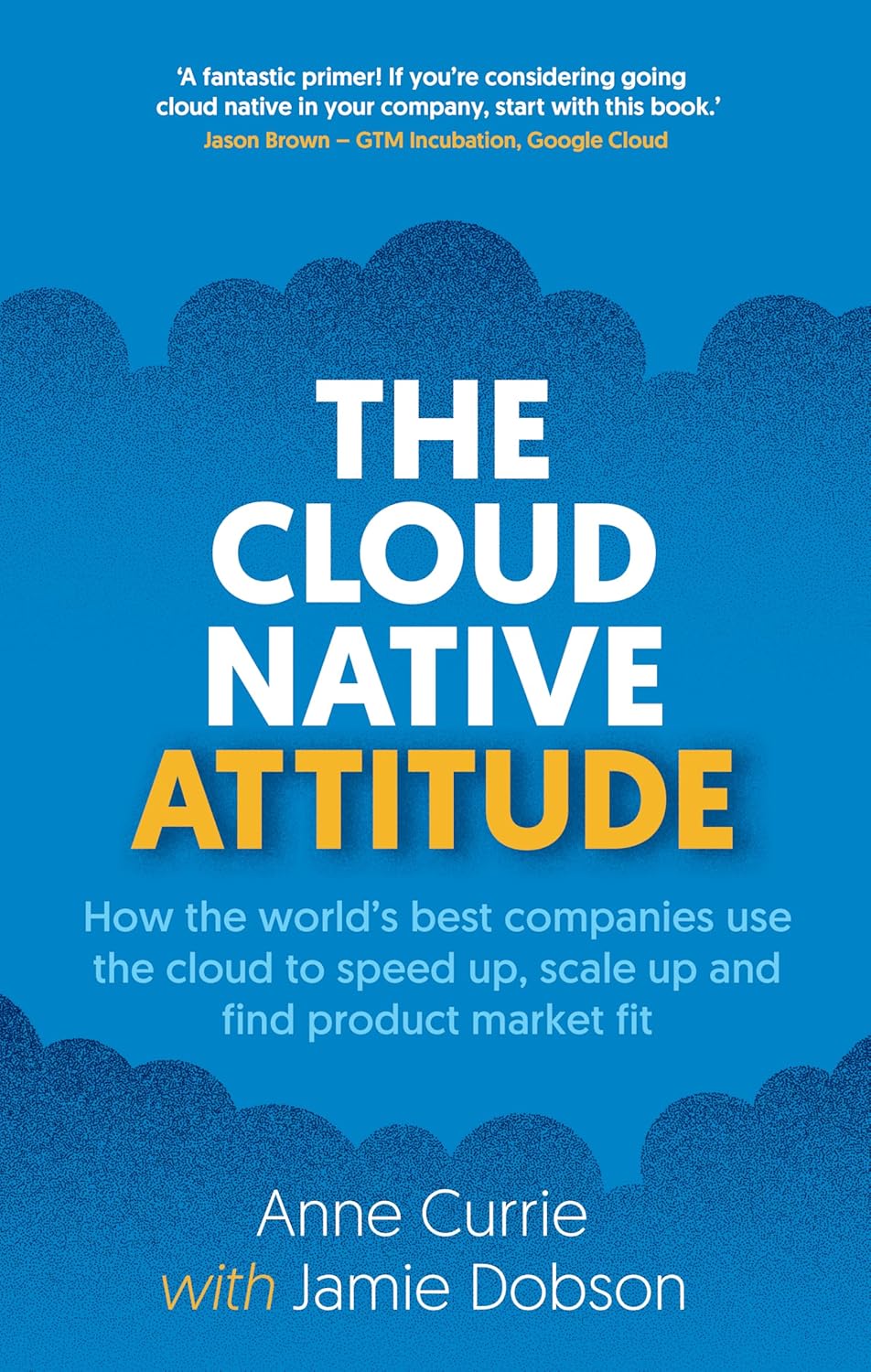As technology continues to advance at a rapid pace, the demand for data center services is skyrocketing. With this increase in demand comes a greater need for data center sustainability. Companies are now realizing the importance of going green and are taking steps to make their data centers more environmentally friendly.
One of the biggest challenges facing data centers is their energy consumption. Data centers are notorious for being massive energy hogs, consuming vast amounts of electricity to power and cool their servers. This has a significant impact on the environment, contributing to carbon emissions and other harmful pollutants.
To combat this issue, many companies are turning to renewable energy sources to power their data centers. Solar, wind, and hydroelectric power are all popular options for companies looking to reduce their carbon footprint. Google, for example, has committed to powering all of its data centers with renewable energy by 2030. By investing in renewable energy, companies are not only reducing their environmental impact but also saving money in the long run.
In addition to using renewable energy, companies are also implementing energy-efficient technologies in their data centers. This includes using more efficient server hardware, optimizing cooling systems, and implementing advanced power management techniques. By reducing energy consumption, companies can lower their operating costs and lessen their environmental impact.
Another important aspect of data center sustainability is water conservation. Data centers require a significant amount of water for cooling purposes, which can strain local water resources. To address this issue, companies are implementing water-saving technologies such as closed-loop cooling systems and rainwater harvesting. By reducing water consumption, companies can minimize their environmental impact and contribute to water conservation efforts.
Overall, the future of data center sustainability looks promising as companies continue to prioritize environmental responsibility. By investing in renewable energy, energy-efficient technologies, and water conservation efforts, companies can reduce their environmental impact and create a more sustainable future for data centers. As more companies embrace green practices, the data center industry as a whole will become more environmentally friendly, benefiting both the planet and future generations.











